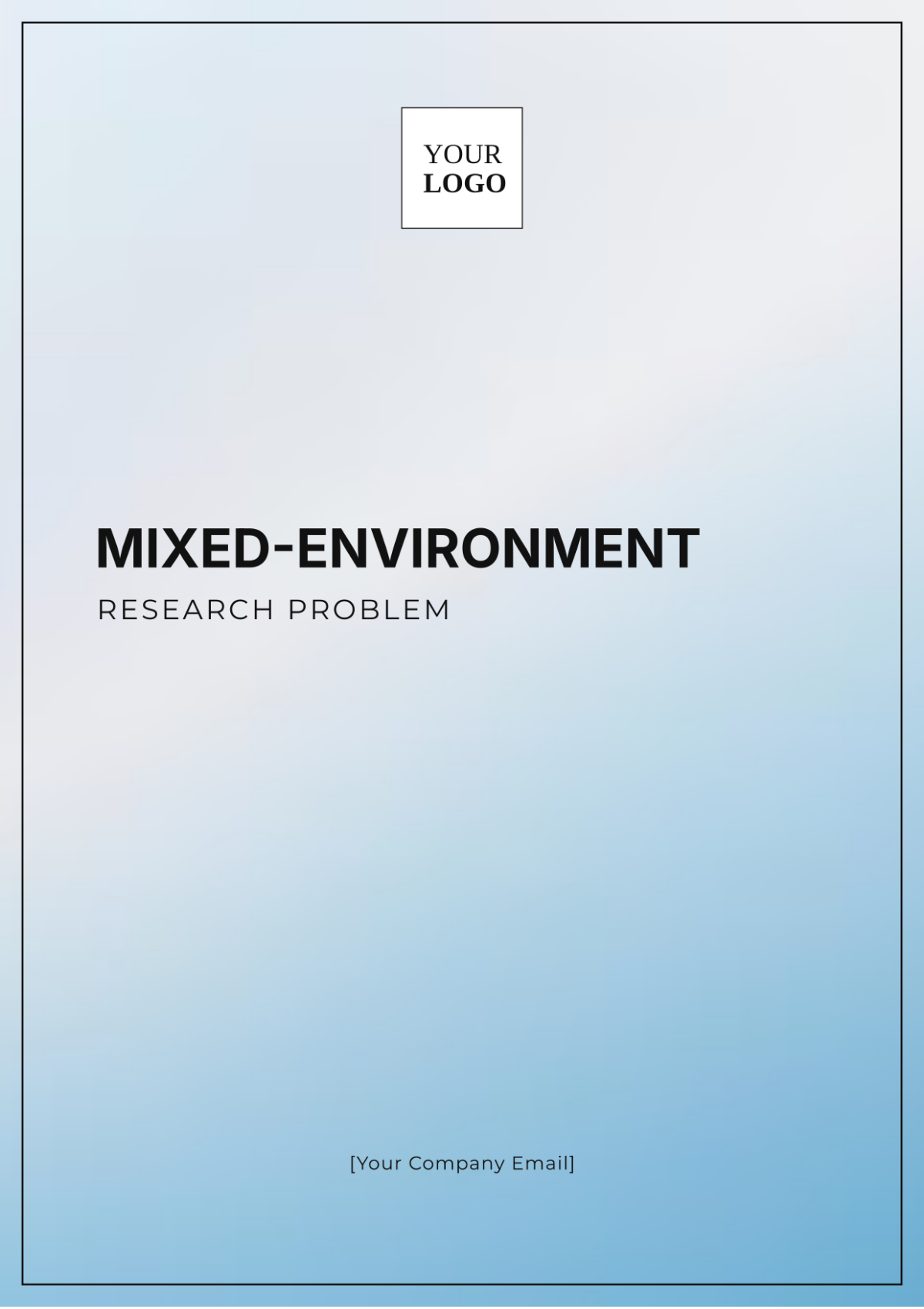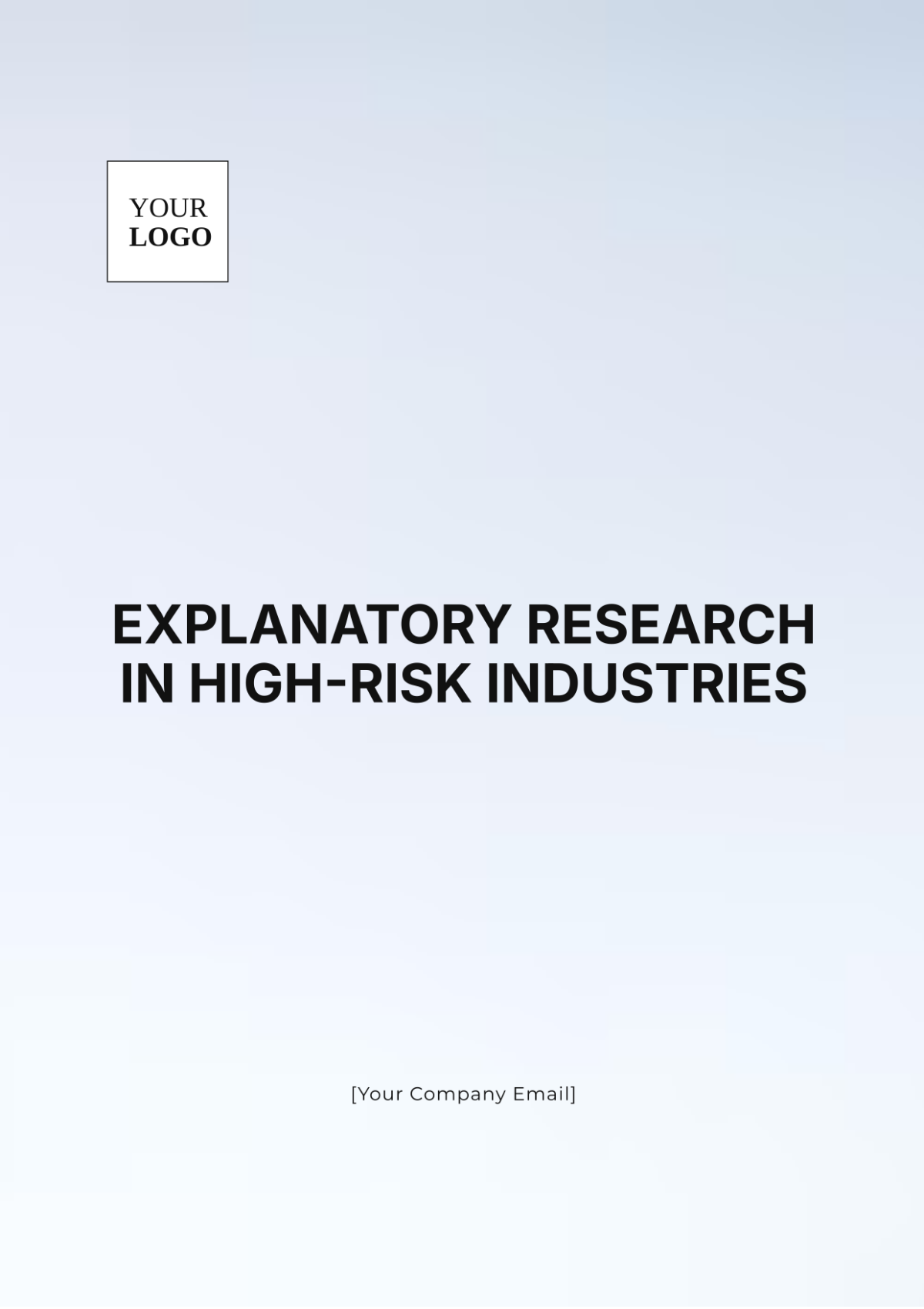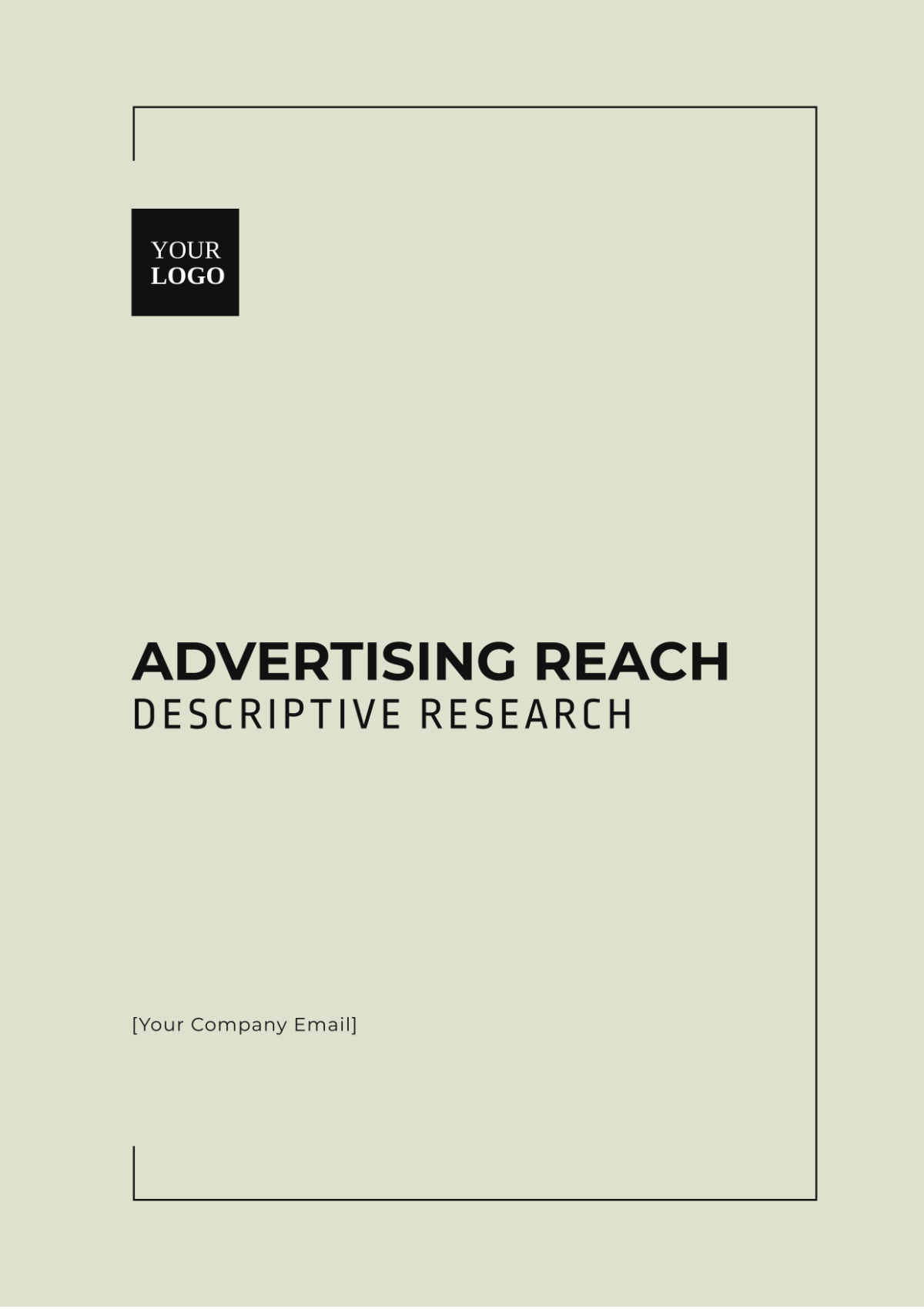Analyzing Results Research Design
Prepared by: [YOUR NAME]
Date: [DATE]
I. Introduction
Research design is a structured plan that outlines the methods and processes for interpreting data collected during research. It details how to analyze data, identify trends, draw conclusions, and present findings. This design ensures that data analysis is systematic, objective, and aligned with the research objectives.
II. Components of Analyzing Results Research Design
To ensure thorough and accurate data analysis, several essential components must be considered:
Data Collection Methods
Data Analysis Techniques
Identifying Trends and Patterns
Drawing Conclusions
Presenting Findings
III. Data Collection Methods
Data collection methods include qualitative and quantitative approaches. These methods can include surveys, interviews, observations, and experiments. Data must be collected in a manner that is consistent with the research objectives and ethical guidelines.
IV. Data Analysis Techniques
Various data analysis techniques can be applied depending on the type of data collected:
Technique | Description |
|---|---|
Descriptive Analysis | Summarizes data using means, medians, modes, and standard deviations. |
Inferential Analysis | Uses statistical tests to make inferences about a population based on sample data. |
Content Analysis | Examines qualitative data to identify patterns, themes, and meanings. |
Regression Analysis | Assesses relationships between variables and predicts future trends. |
V. Identifying Trends and Patterns
To identify trends and patterns, researchers must examine the data meticulously. This can involve visual methods like charts and graphs or advanced statistical techniques. Identifying trends helps in understanding underlying patterns and relationships within the data.
VI. Drawing Conclusions
Concluding conclusions involves interpreting the analyzed data to answer the research questions. Conclusions must be based on evidence, be clear, and address the research objectives. Researchers must also consider limitations and potential biases.
VII. Presenting Findings
Presenting findings is the final step in the research design. This includes compiling the results into a clear and concise format, often through reports, articles, or presentations. Presenting findings effectively ensures that the research has an impact on the target audience.
VIII. References
References should be included to credit sources and provide context for the research. Common citation styles include APA, MLA, and Chicago.
American Psychological Association. (2050). Publication manual of the American Psychological Association (7th ed.). Washington, DC: Author.
Modern Language Association. (2051). MLA Handbook (8th ed.). New York, NY: The Modern Language Association of America.
University of Chicago Press. (2052). The Chicago Manual of Style (17th ed.). Chicago, IL: University of Chicago Press.

















































